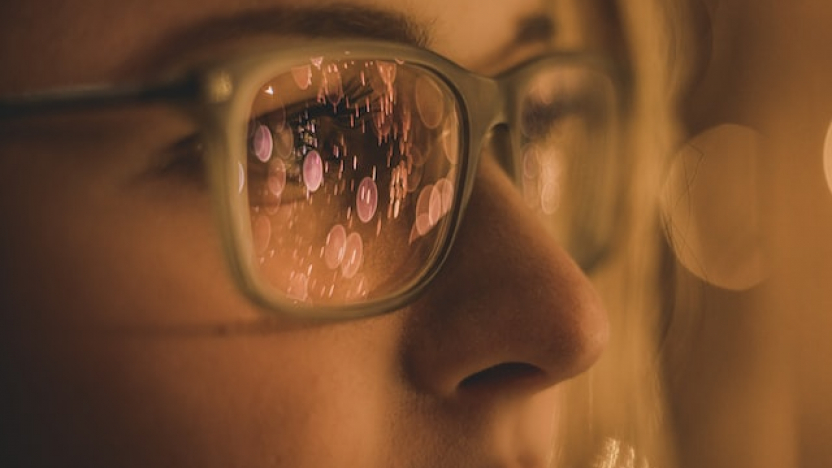How to protect a shape: 3D trademark, design law or copyright?

It’s possible to protect the shape of a new product through trademark, design and copyright law. However, in reality, design law and copyright are generally the most applicable, as Léa de Ladoucette explains.
Although EU trademark law provides the possibility to protect shapes through the 3D trademark, shape marks have often proved difficult (although not impossible) to register and enforce. Generally, this is because the distinctiveness of such shapes is questioned on the basis that the average consumer is less used to identifying the commercial origin of the product by its shape.
As a result, protection for shapes is more generally sought through the application of design law and/or copyright. Indeed, creations can be protected by both legal regimes, although the terms and conditions of protection are different.
Copyright and registered design law compared
Mechanism of protection:
- Copyright arises automatically from the simple fact of creation. Unlike other IP rights, such as registered designs and trademarks, there is no associated filing formality. Accordingly, proving the date of creation and authorship can be a challenge. As a general rule, copyright lasts for 70 years after the death of the work’s creator.
- In contrast, registered designs provide proof of ownership and a date of creation. Registered designs enjoy a longer period of protection (up to a maximum of 25 years in the EU), as compared to unregistered designs (up to three years in the EU).
Conditions of protection:
- To be eligible for copyright protection, a work must meet certain requirements, namely the work must be original, the intellectual creation of its maker and the creation must be produced in some way, i.e. written or performed.
- To be eligible for registration, a design must be new and have its own character. Novelty is assessed at the date of filing based on an objective difference with existing designs and presupposes an absence of prior disclosure. For the design to have ‘character’, the overall visual impression given to the informed observer must be distinct from that produced by earlier designs.
Pros and cons of both systems:
- Copyright is free and, therefore, more advantageous from a monetary point of view. However, design law generally offers a more effective means of protecting a creation.
- Establishing originality (for establishing copyright) can be more difficult than demonstrating novelty and character (for design rights). For example, in a recent French case (Jimmy Fairly, Paris Court of Appeal, 21 September 2022) the company Jimmy Fairly was able to establish the validity of design registrations for one of its eyeglasses (because existing models did not produce the same overall impression on the informed user). In contrast, the existence of copyright was rejected by the Court on the basis that the frame of the glasses lacked originality.
To establish which IP legal system is most advantageous for your products and designs, speak to your trademark attorney for tailored advice.
Léa de Ladoucette is a Trademark Attorney at Novagraaf in France. This article is also available in French.